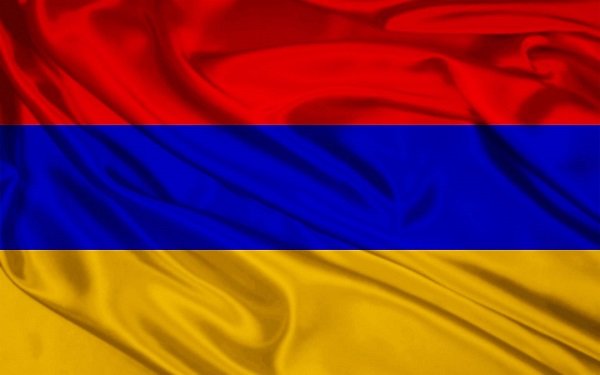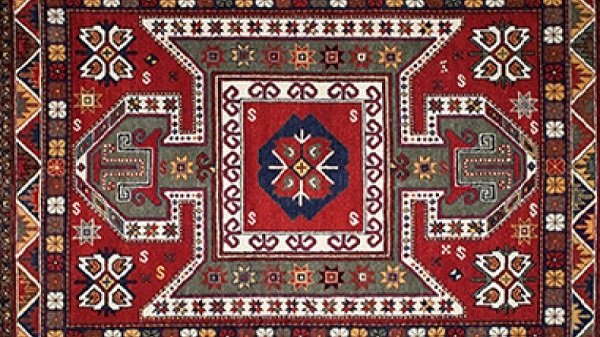AYRARAT TOUR
Welcome to Armenia!
About Armenia

About Country
"If I am asked where is the place on the earth that one can come across many miracles, I would name Armenia. Involuntarily you are surprised in such a small place on the earth it is possible to meet such monuments and such people, who can be the ornaments and pride of the whole world". - Rockwell Kent-American painter, writer.
Apparently, the name Armenia spread out from the name of the tribe Arme of Armenian Plateau which is recorded in the testimonies of Urartu kinds. Armenians call their land "Hayastan”. During the historical millennia, Armenia had 12 capitals along with the capital Sis of Armenian Cilicia. In the Urartian period, the capital Van was famous, as for Greco-Roman period, Artasaht and Tigranakert were famous. In the early middle ages, the capital Dvin came to be famous. In 10-11 centuries the capital Ani flourished and then the capital of Cilician Armenia, Sis. Nowadays the capital of Armenia is Yerevan.
The history of Yerevan dates back to the 8th century BC, with the founding of the fortress of Erebuni in 782 BC by king Argishti I. During the excavations there was found the cuneiform inscription that "by God’s will Khalda Argishti, son of Menua, built this unassailable fortress and named it the city of Erebuni as a token of Biainilla’s power and to keep in awe the enemy…”.
Yerevan - one of the oldest cities in the world got its name from this fortress. The capital covers an area of 300 square kilometres. The population of Yerevan is about 1.1mln.people. The climate is continental: springs are short, hot summer lasts more than 4 months, the autumn is mild and sunny. Yerevan is a city of science, culture, education, i.e. it is the biggest cultural centre of Armenia with many museums, libraries, art galleries and theatres.
Etchmiazin is considered Armenia’s "spiritual capital” from 301 AD when the Christianity adopted as a national religion. Etchmiadzin is actually called the "Vatican of Armenia” and is the residence of the chief bishop and spiritual leader of Armenia's national church, the Catholicos of all Armenians.
The second largest city of Armenia
is Gyumri. It was the cultural centre of all Armenians from 19-20 centuries. In 1920 when Armenia gained its Independence the first university was opened in Gyumri. The city is considered to be a surpassing sample of buildings and complexes depicting the architecture of 19-20 centuries.
Armenia is famous for dozens of other cities and villages representing old architectural obelisks, unique environment, traditional manners and holidays along with the regional cuisine.


"Armenia is a book, which was studied by the first people". - Osip Mandelstam Russian writer!






